A Not-So-Secret Garden
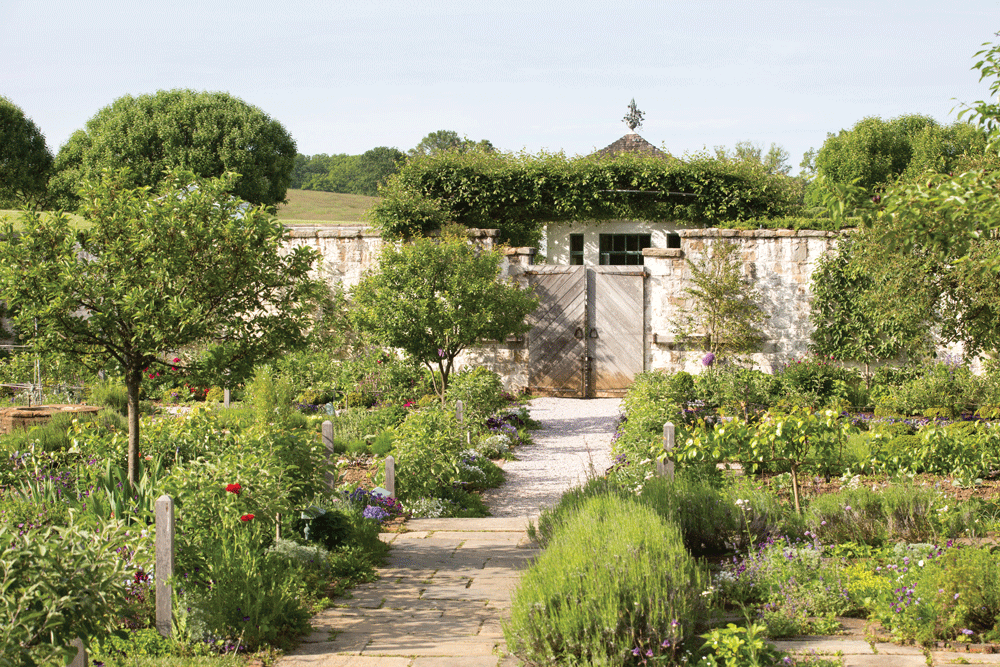
Story and Photos by Callie Broaddus
Perfect imperfection: a single delicate long-headed poppy emerges from the verdant cracks between the flagstones of a carefully cultivated landscape — a botanist’s paradise that evokes scenes from The Secret Garden, with its ivy-blanketed doorways and cozy vignettes of pleached and pruned fruit trees. But this garden, though private, is far from secret.
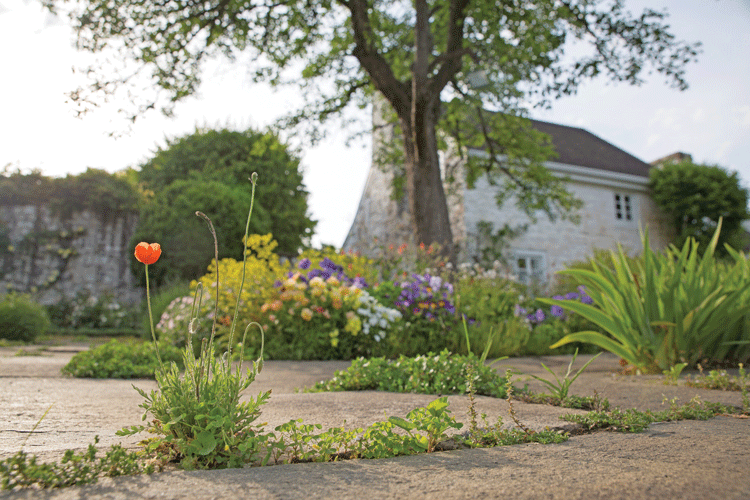
It was the home sanctuary of the late Rachel “Bunny” Mellon, who died in 2014 at the age of 103. Though Mrs. Mellon led a very private life, she established the Oak Spring Garden Foundation in the hopes that her library, gardens, residence and estate would be a resource for those who shared her love of horticulture, helping scientists, artists and scholars to study the history and plan for the future of plants and gardening.
The man at the helm of the young foundation is modest, affable and undeniably qualified. Sir Peter Crane joined the Oak Spring Garden Foundation as its inaugural president in 2016, departing from the Yale School of Forestry and Environmental Studies after seven years serving as dean of the prestigious academic program. In addition to many other accolades, Crane was previously the Director of the famed Royal Botanic Gardens Kew, the Director at the Field Museum of Natural History in Chicago and has been a fellow of the Royal Society since 1998.
He was knighted in 2004 for his contributions to British horticulture and continues to be a fixture in the scientific community, publishing scientific papers, participating in international botanical conferences and in 2013 writing a well-received popular book, Ginkgo: The Tree That Time Forgot.
For Crane, the opportunity to move to Oak Spring Farm, after a long career overseeing several prestigious institutions, was too exciting to pass up. “You don’t very often get the opportunity to help shape the direction of a new organization,” he said. “A lot of people working in these fields that I care about will benefit from the resources of the foundation over time. So, that’s really the excitement of it for me.”
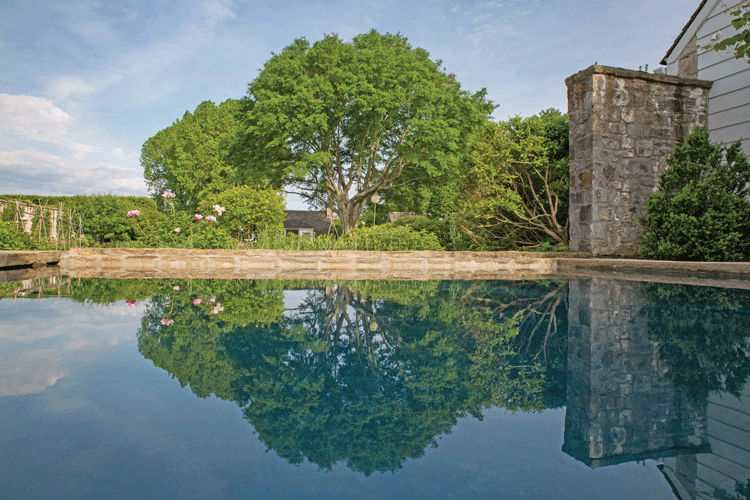
So far, the foundation has been growing gradually, working with interns, initiating a full site survey of the foundation’s 263 acres and participating in various exhibits and conferences both at home and abroad.
Crane described it as a ‘philanthropic startup.’ “You know, on one level, we’re worried about really important things — like the mission and the investments — and then on the other end, we’re worried about whether we have enough chairs to sit on.”
Looking forward, the estate will host visiting scholars, writers, artists and an increased number of interns from prestigious programs such as the New York Botanical Garden and top universities. These fortunate academics will have the chance to access a treasure trove in what is arguably Mrs. Mellon’s most prized legacy, her library of over 16,000 original manuscripts, books and pieces of botanical artwork which she carefully curated over the course of her life. In accordance with the foundation’s goals as established by Mrs. Mellon herself, the foundation staff have begun digitizing these priceless assets to make them available to a wider audience.
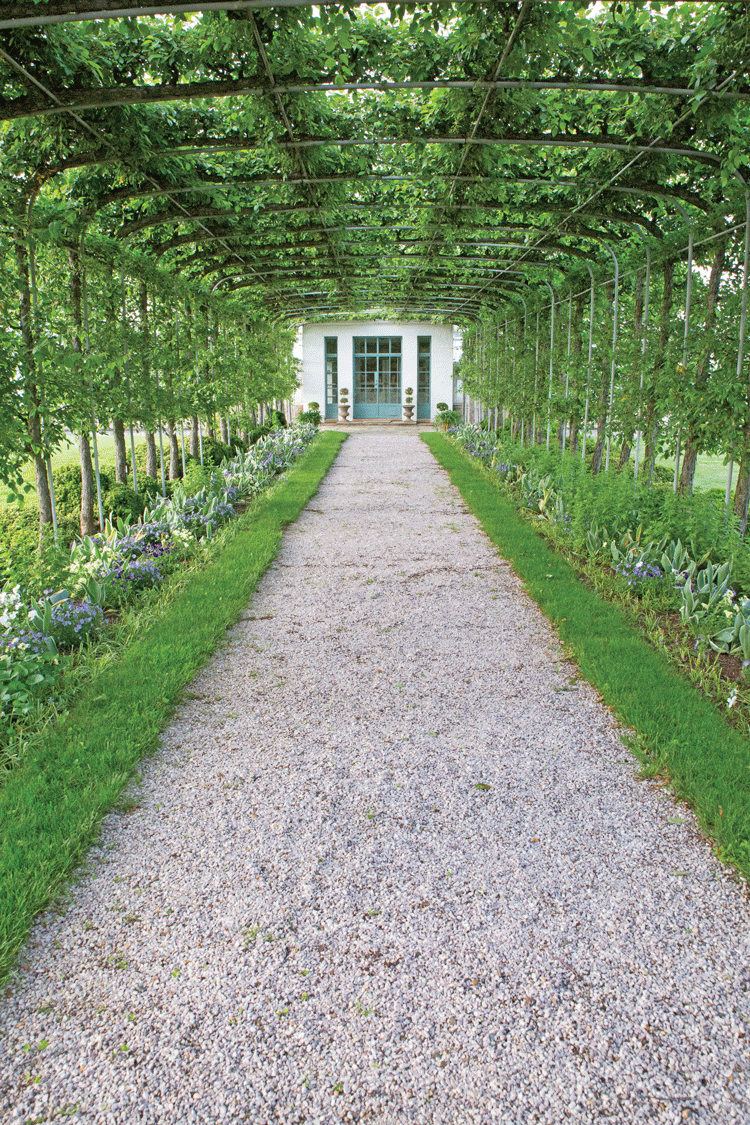
Access to the gardens and library is by appointment only. So, although the Oak Spring Garden Foundation won’t host the millions of visitors each year who visited the Royal Botanic Gardens Kew, and it won’t have the solely academic focus of Yale University or the number of exhibits hosted by the Field Museum in Chicago, Crane said the essence of the foundation is a mix of his past experiences. “There’s a scholarship component, there’s a research component, but then also an obligation to share and make this wonderful legacy more available. To perpetuate Mrs. Mellon’s legacy and to share Mrs. Mellon’s legacy in the best possible way … in ways that serve the public interest. So even though it’s a small operation, with a small team, we want to have a big impact… to reach out and have a kind of global presence. And I think that’s very possible.”
As Crane continues driving the scientific contributions of the organization forward through asset digitization, site evaluation and outreach, he relies on the knowledge of his staff to ensure the organization honors the historical importance of the estate. “I didn’t have the opportunity to meet Mrs. Mellon in person,” Crane said, “so I have to experience her, in a way, through the memories and contacts of the staff here, many of whom worked with her for many, many years, and knew her really well.”
This close personal knowledge of Mrs. Mellon’s design intention is part of what makes these gardens so unique. “To some extent, I always lean on those in our gardening team who knew Mrs. Mellon well in order to match the aesthetic she wanted to create,” Crane said, explaining that the official records kept describing the garden’s history have not always been precise. And so it is that the long-headed poppies, Queen Ann’s lace, creeping thyme and other splashes of color continue to shoulder their way out from between the garden flagstones, just the way Mrs. Mellon liked them … not “unnaturally tidy,” but perfectly imperfect. ML
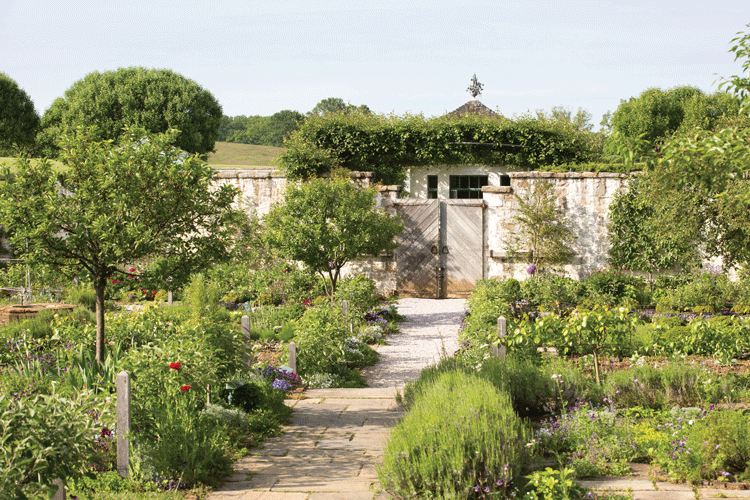
Readers can learn more about the Oak Spring Garden Foundation at OSGF.org.


